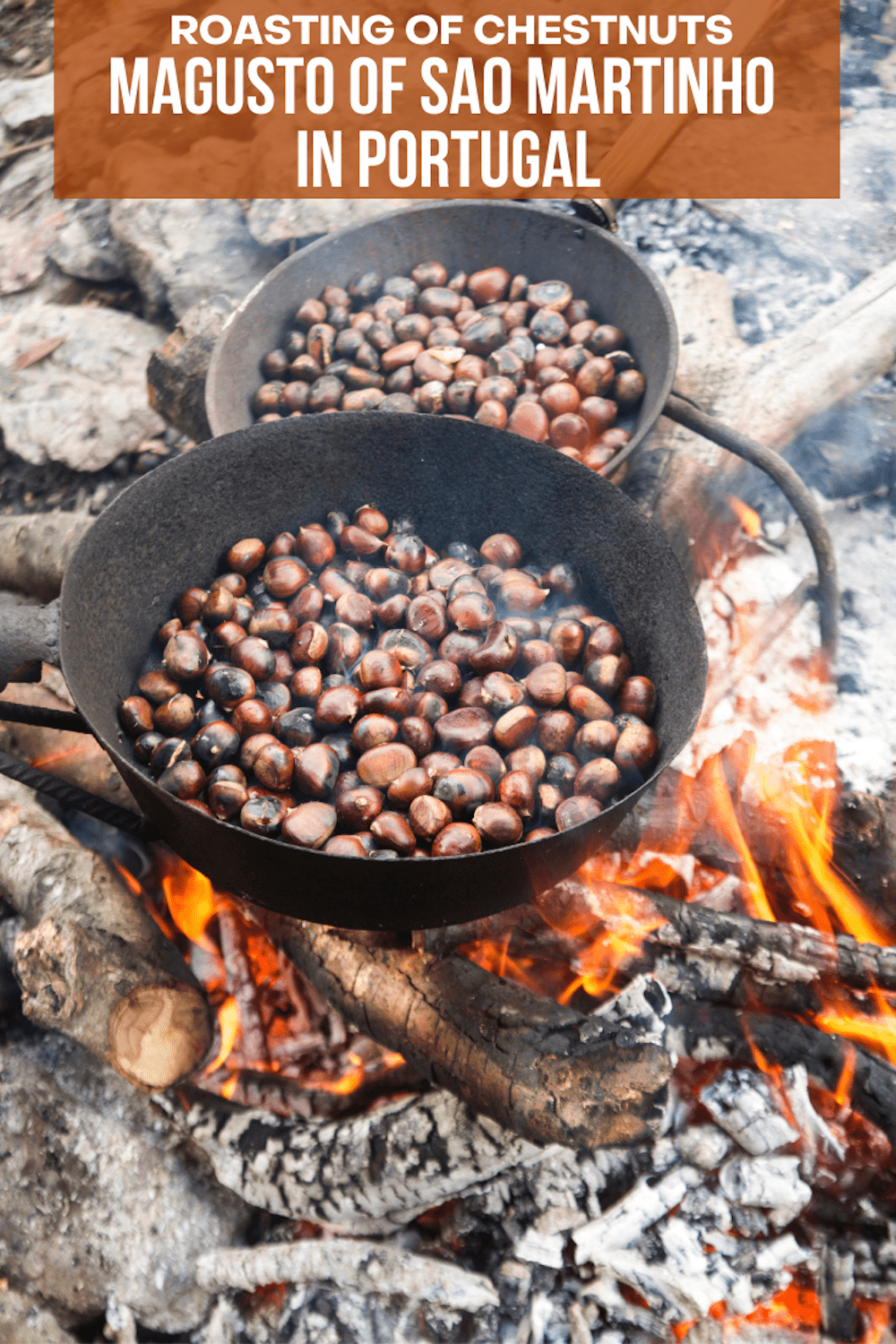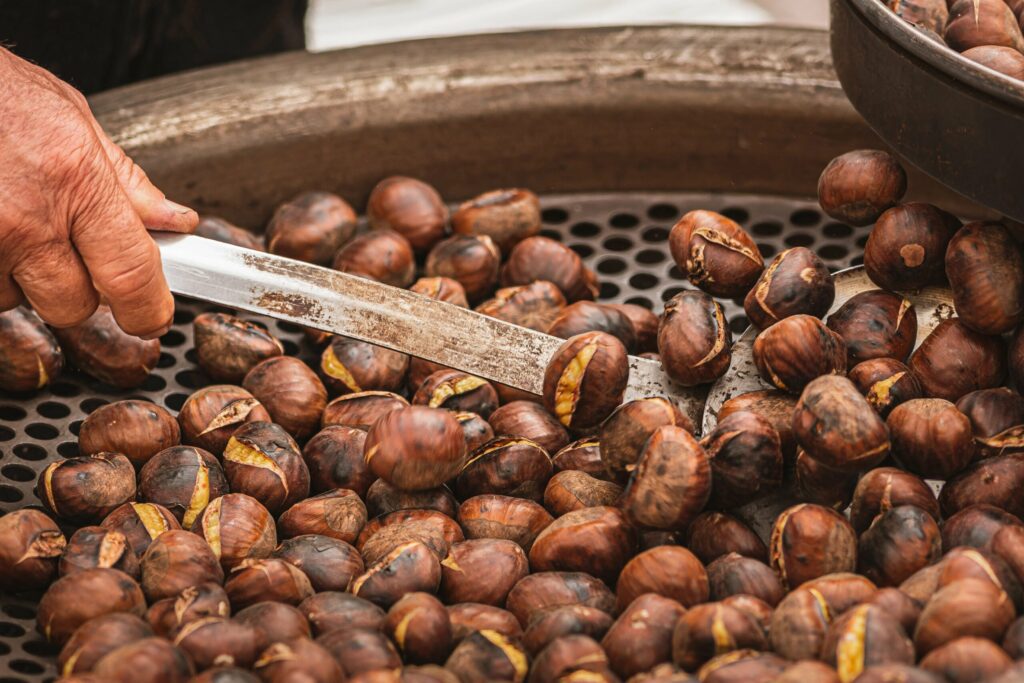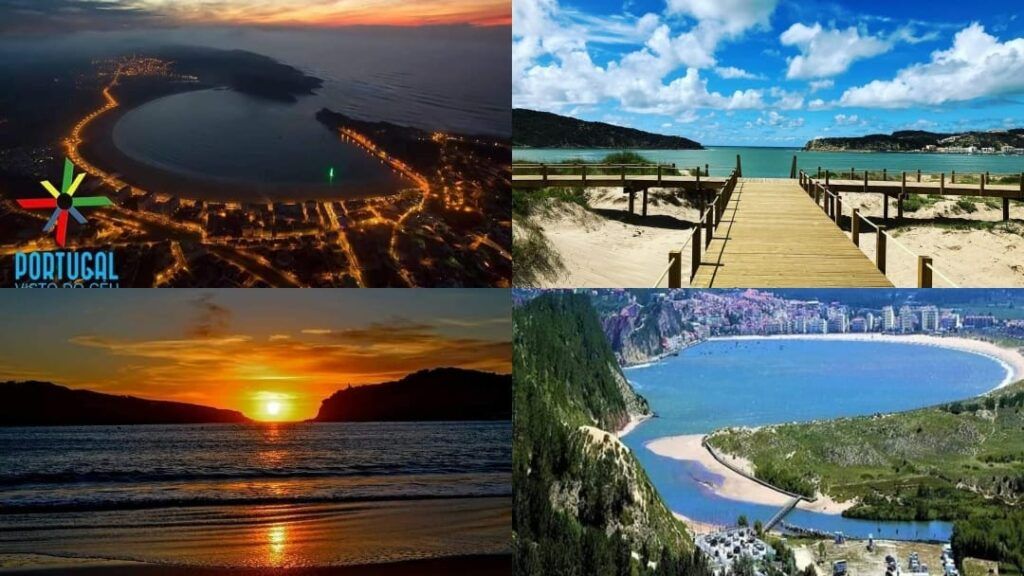
- This event has passed.
São Martinho Chestnut Festival

The festival of São Martinho in Portugal — its origins, traditions, regional variations.
Origins & legend
-
The day commemorates Martinho de Tours (St Martin), a 4th-century Roman soldier turned bishop, famed for the act of cutting his cloak in half to give to a beggar. According to legend, shortly after this act, clouds broke and a burst of warm sun appeared.
-
In Portugal the sunny spell that often occurs around mid-November is called the “Verão de São Martinho” (Saint Martin’s Summer).
-
The holiday also links with the agricultural-harvest cycle: the end of chestnut gathering, the first tasting of the new wine harvest, and the onset of the cooler autumn/winter period.
Key traditions & what happens
-
Magusto: The core of the celebration is the magusto — a gathering (often outdoors, around a bonfire) to roast chestnuts, drink the recent-harvest wine and enjoy communal conviviality. The word magusto is believed to derive from Latin magnus ustus (“great fire”) referring to the bonfire.
-
Chestnuts (“castanhas assadas”): Roasted chestnuts are everywhere from street-vendors in cities to rural gatherings. They’re served hot, often in paper cones, often cracked open just after roasting.
-
Wine / Young wine tasting: It’s common for people to taste the new wine (“vinho novo”) of the latest grape harvest. Also traditional drinks include água-pé (a light wine made from grape pomace plus water) or jeropiga(sweet fortified drink).
-
Community & fun: Many towns & parishes host public events with live music, folk dancing, bonfires, food stalls.
- Proverbs reflect the date: For example:
- “No dia de S. Martinho, vão à adega e provam o vinho.” (“On Saint Martin’s Day, go to the cellar and taste the wine.”)
“No dia de São Martinho, pão, castanhas e vinho.”
Summary
In short: November 11 in Portugal = warmth, community, roast chestnuts, new wine, folklore and harvest celebration. It’s part religious, part agricultural, part food-fest.
“É dia de São Martinho. Comem-se castanhas; prova-se o vinho!”
For you as a photographer, it offers textures (fire, chestnut shells), moods (autumn dusk, bonfire glow), people (community sharing) and region-specific flavour (Portuguese wine/new harvest).
Discover more from ::Mais:Oeste:TV::
Subscribe to get the latest posts sent to your email.




